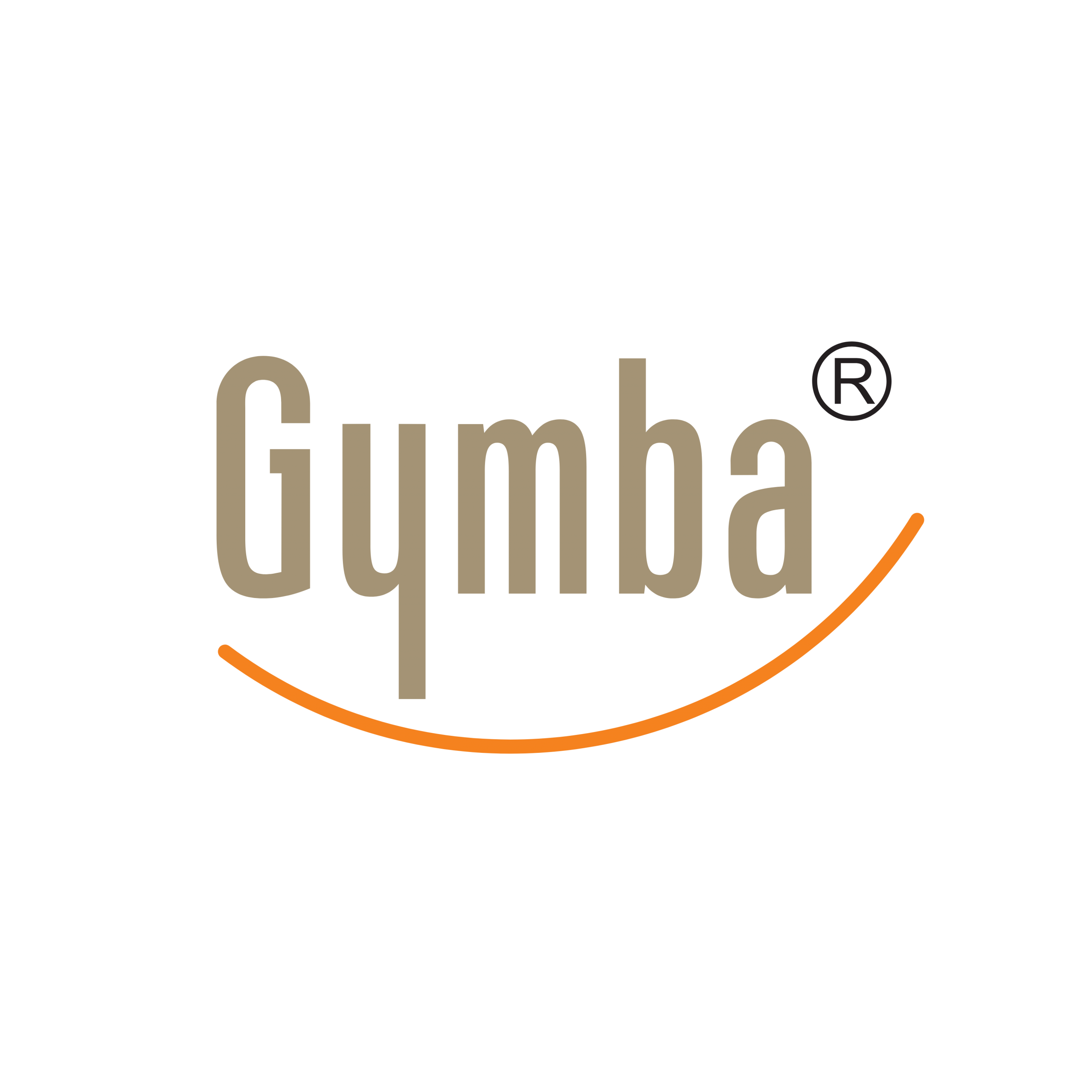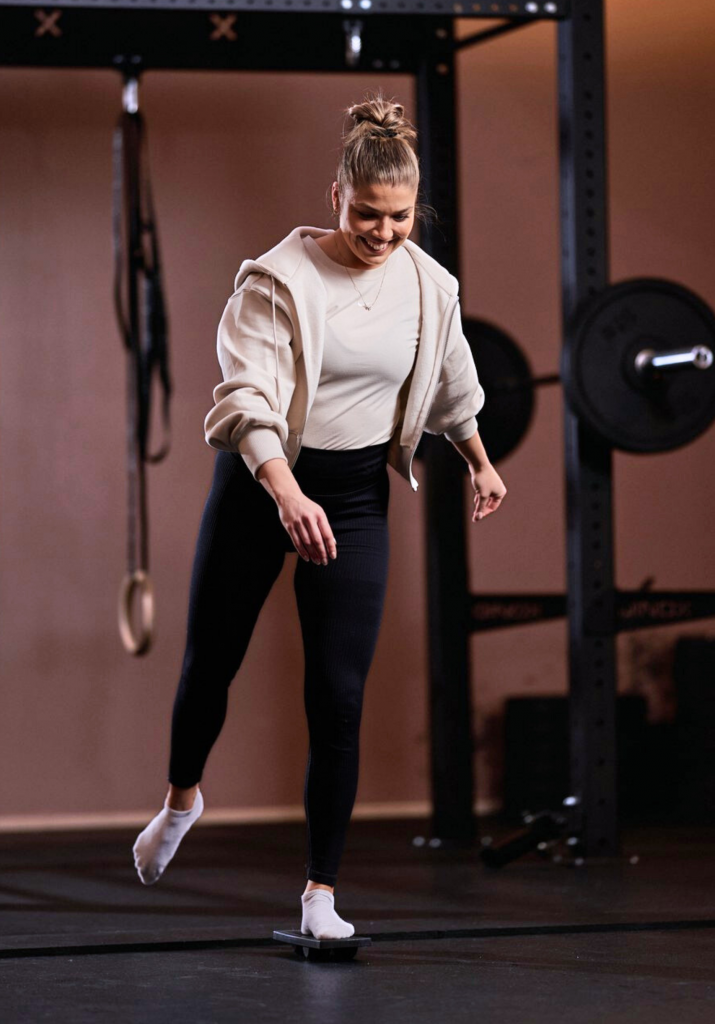To prevent neck strain while working at a desk, you should take a brief 1-2 minute break every 20-30 minutes to change your posture, stretch, or move around. The research-backed 20-20-20 rule suggests that every 20 minutes, you should look at something 20 feet away for at least 20 seconds to reduce eye strain, which often contributes to neck discomfort. Microbreaks of just 30-60 seconds can significantly reduce muscle tension when performed consistently throughout your workday. These regular intervals help prevent the buildup of static muscle tension that leads to neck pain and stiffness.
Understanding neck strain in office environments
Neck strain is extremely common in office environments, primarily due to prolonged static postures while working at computers or desks. When you maintain the same position for extended periods, muscles in your neck and shoulders become fatigued from supporting your head (which weighs about 4-5kg) in a fixed position. This static loading creates tension, restricts blood flow, and can lead to discomfort and chronic neck pain.
Several workplace factors contribute to neck strain:
- Poor monitor positioning (too high, low, or at an angle)
- Hunching forward to see screens or documents
- Holding phones between ear and shoulder
- Lack of movement variety throughout the day
- Stress-related muscle tension
The importance of taking regular breaks cannot be overstated. Without these movement opportunities, muscles remain contracted in the same position, leading to reduced circulation, increased fatigue, and eventual pain. Regular breaks help reset your posture, restore blood flow, and give overworked muscles a chance to recover.
How often should you take breaks to prevent neck strain?
For optimal neck health, you should take short breaks every 20-30 minutes throughout your workday. This frequency is based on ergonomic research showing that muscles begin to fatigue and accumulate strain after about 20 minutes in static positions. Following the 20-20-20 rule provides a helpful framework: every 20 minutes, look 20 feet away for 20 seconds, and use this moment to adjust your posture or stretch briefly.
These microbreaks don’t need to disrupt your workflow significantly. Even 30-60 seconds of movement can provide relief. In addition to these frequent short breaks, aim for longer 5-10 minute breaks every hour or two, where you can stand up, walk around, and perform more comprehensive stretches.
The ideal break schedule might look like:
- 30-second microbreaks every 20-30 minutes (simple neck stretches or posture resets)
- 5-minute movement breaks every hour (stand up, walk around)
- 15-minute breaks every 2-3 hours (longer walks, comprehensive stretching)
Consistency matters more than duration. Regular, short breaks are more effective than infrequent, longer ones for preventing the cumulative effects of static positions.
What type of breaks are most effective for neck strain prevention?
The most effective breaks for neck strain prevention are those that involve movement and position changes that directly counter your working posture. Since desk work typically involves forward head posture and rounded shoulders, the best breaks include activities that open the chest, bring the head back to neutral alignment, and activate the muscles between your shoulder blades.
Effective break types include:
- Posture resets: Sitting or standing tall, pulling shoulders back and down, and aligning your head over your shoulders
- Gentle neck stretches: Slowly moving your head through different ranges of motion
- Upper back mobility: Shoulder rolls, thoracic extensions, and arm reaches
- Walking breaks: Even a short walk improves circulation and relieves muscle tension
- Eye breaks: Looking at distant objects to reduce eye strain that contributes to neck tension
The quality of your breaks matters as much as frequency. Focus on movements that create the opposite effect of your working position. If you typically look down at a screen, spend your break looking up or straight ahead. If you round forward, focus on gentle backward bending of the upper back.
How do you recognize early signs of neck strain?
Recognizing the early warning signs of neck strain allows you to intervene before the problem becomes severe. The first indicators typically appear subtly and might be easy to ignore, but addressing them promptly can prevent more serious neck pain.
Watch for these early signs:
- Mild stiffness when turning your head
- A feeling of heaviness in the neck or shoulders
- Occasional sharp sensations with certain movements
- Tension headaches that start at the base of the skull
- Needing to crack or stretch your neck frequently
- Difficulty maintaining good posture as the day progresses
- Mild discomfort that appears at the same time each day
If you notice these symptoms, it’s a clear signal to increase your break frequency. Don’t wait until pain becomes persistent or severe. The earlier you address these warning signs with proper breaks and stretches, the easier they are to resolve.
What simple exercises can you do during breaks?
During your short breaks, performing targeted exercises can help relieve neck tension and prevent strain from developing. These exercises are designed to be quick, discreet, and effective enough to perform right at your desk without drawing attention or requiring special equipment.
Try these simple exercises during your breaks:
- Neck retraction: Gently pull your chin back, creating a “double chin.” Hold for 3-5 seconds, then release. Repeat 5-10 times.
- Head tilts: Slowly tilt your ear toward your shoulder until you feel a gentle stretch. Hold for 10-15 seconds on each side.
- Shoulder rolls: Roll your shoulders forward 5 times, then backward 5 times in smooth, circular motions.
- Chest opener: Clasp your hands behind your back, gently squeeze your shoulder blades together, and lift your chest. Hold for 10-15 seconds.
- Upper trapezius stretch: Gently pull your head to one side with your hand while keeping the opposite shoulder down. Hold for 15-20 seconds per side.
Remember to breathe deeply during these exercises, as proper breathing helps release tension. Perform these movements slowly and with control—never push into pain. Even 60 seconds of these targeted movements can make a significant difference when done consistently throughout your day.
Key takeaways for a healthier neck at work
Keeping your neck healthy at work comes down to creating habits that prevent strain before it starts. Take short 30-60 second breaks every 20-30 minutes, following the 20-20-20 rule to give your neck and eyes regular relief. Incorporate specific neck and shoulder exercises during these breaks to counteract the effects of desk postures.
Pay attention to early warning signs of discomfort and address them promptly by increasing break frequency or trying different stretches. Remember that consistency with smaller, frequent breaks is more effective than occasional longer ones.
At Gymba, we understand the challenges of maintaining neck health in desk-based environments. That’s why we’ve developed ergonomic solutions like our Gymba Activation Board and Laptop Stand that support natural movement and better ergonomics throughout your workday. By combining smart break habits with supportive ergonomic tools while you’re working, you can significantly reduce your risk of developing neck strain while staying productive.

